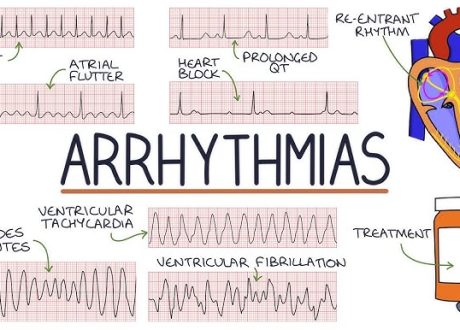Robert Goulden, MBBS1; Brian H. Rowe, MD2; Michal Abrahamowicz, PhD1; et al
JAMA Intern Med. Published online April 5, 2021. doi:10.1001/jamainternmed.2021.0916
Key Points
Question Is intravenous radiocontrast associated with clinically significant kidney injury?
Findings In this quasi-experimental cohort study of 156 028 individuals, exposure to intravenous contrast was associated with a 0.4 mL/min/1.73 m2 reduction in estimated glomerular filtration rate up to 6 months later, which was not statistically significant nor clinically meaningful.
Meaning Intravenous contrast was not associated with significant long-term kidney injury; the regression discontinuity design used in this study allows for greater confidence that this effect estimate is not distorted by confounding.
Importance Radiocontrast has long been thought of as nephrotoxic; however, a number of recent observational studies found no evidence of an association between intravenous contrast and kidney injury. Because these studies are at high risk of confounding and selection bias, alternative study designs are required to enable more robust evaluation of this association.
Objective To determine whether intravenous radiocontrast exposure is associated with clinically significant long-term kidney impairment, using a study design that permits stronger causal interpretation than existing observational research.
Design, Setting, and Participants This cohort study included all emergency department patients aged 18 years or older undergoing D-dimer testing between 2013 and 2018 in the Canadian province of Alberta. A fuzzy regression discontinuity design was used, exploiting the fact that individuals just either side of the eligibility cutoff for computed tomographic pulmonary angiogram (CTPA)—typically 500 ng/mL—have markedly different probabilities of contrast exposure, but should otherwise be similar with respect to potential confounders.
Exposures Intravenous contrast in the form of a CTPA.
Main Outcomes and Measures Estimated glomerular filtration rate (eGFR) up to 6 months following the index emergency department visit.
Results During the study period 156 028 individuals received a D-dimer test. The mean age was 53 years, 68 206 (44%) were men and 87 822 (56%) were women, and the mean baseline eGFR level was 86 mL/min/1.73 m2. Patients just above and below the CTPA eligibility cutoff were similar in terms of measured confounders. There was no evidence for an association of contrast with eGFR up to 6 months later, with a mean change in eGFR of −0.4 mL/min/1.73 m2 (95% CI, −4.9 to 4.0) associated with CTPA exposure. There was similarly no evidence for an association with need for kidney replacement therapy (risk difference [RD], 0.07%; 95% CI, −0.47% to 0.61%), mortality (RD, 0.3%; 95% CI, −2.9% to 3.2%), and acute kidney injury (RD, 4.3%; 95% CI, −2.7% to 12.9%), though the latter analysis was limited by missing data. Subgroup analyses were potentially consistent with harm among patients with diabetes (mean eGFR change −6.4 mL/min/1.73 m2; 95% CI, −15.4 to 0.2), but not among those with other reported risk factors for contrast-induced nephropathy; these analyses, however, were relatively underpowered.
Conclusions and Relevance Using a cohort study design and analysis that permits stronger causal interpretation than existing observational research, we found no evidence for a harmful effect on kidney function of intravenous contrast administered for CTPA in an emergency setting.










